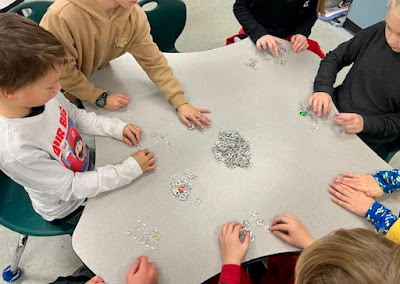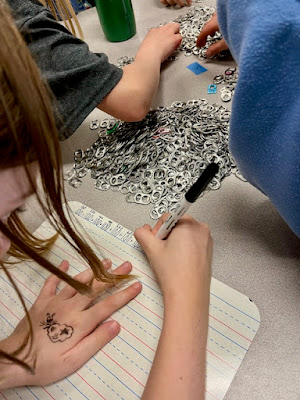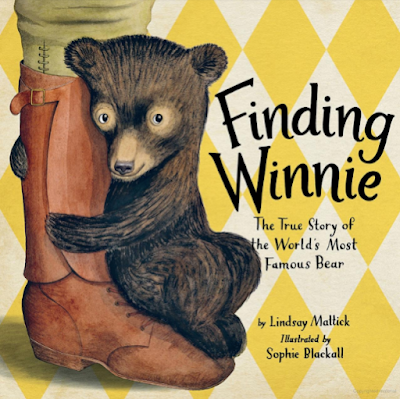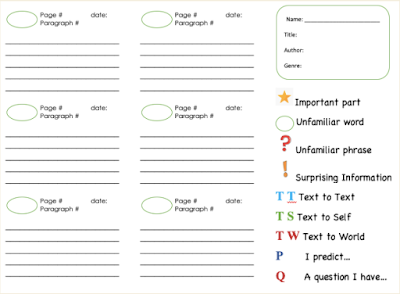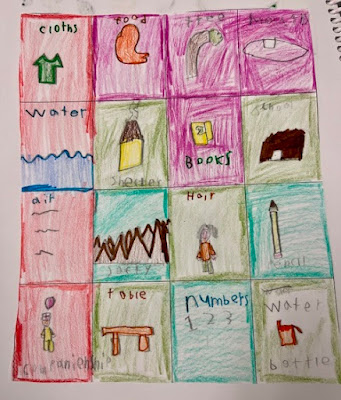It was another excited week in grade 3 as students were counting the number of pop tabs that were generously donated!
To connect to our math we challenged students to first make an estimate and then try and count all the pop tabs that were in the above wagon.
Students began by counting out ten pop tabs, then with their group they put them together to make one hundred pop tabs. Once students saw what one hundred pop tabs looked like, they were asked to make another estimate of the number of pop tabs they thought were in the wagon.
After each group counted out one hundred pop tabs they were then challenged to count out one thousand pop tabs. Students discussed how to organize this so they were able to keep track and make sure they were being accurate in their counting.
Once again, students were asked to revise their estimates one they saw the size of one thousand pop tabs! Many students' estimates increased significantly!
After two days, we had counted 18 760 pop tabs! It looked to be approximately half of the pop tabs in the wagon so we doubled our number and decided that there are around 37 520 pop tabs. (We kept the 18 760 pop tabs we counted separate in case we want to continue counting another time!)
Thank you so much to all the parents, friends of family and of course students who have been helping us with our collection. We even have students in other grades coming to bring us their pop tabs as well!
Students interpret place value within 100 000.
Student Learning Objectives:
- I can express various compositions of a natural number using place value.
- I can round natural numbers to various places.
- I understand for numbers in base-10, each place has 10 times the value of the place to its right.
- I can express natural numbers using words and numerals.

